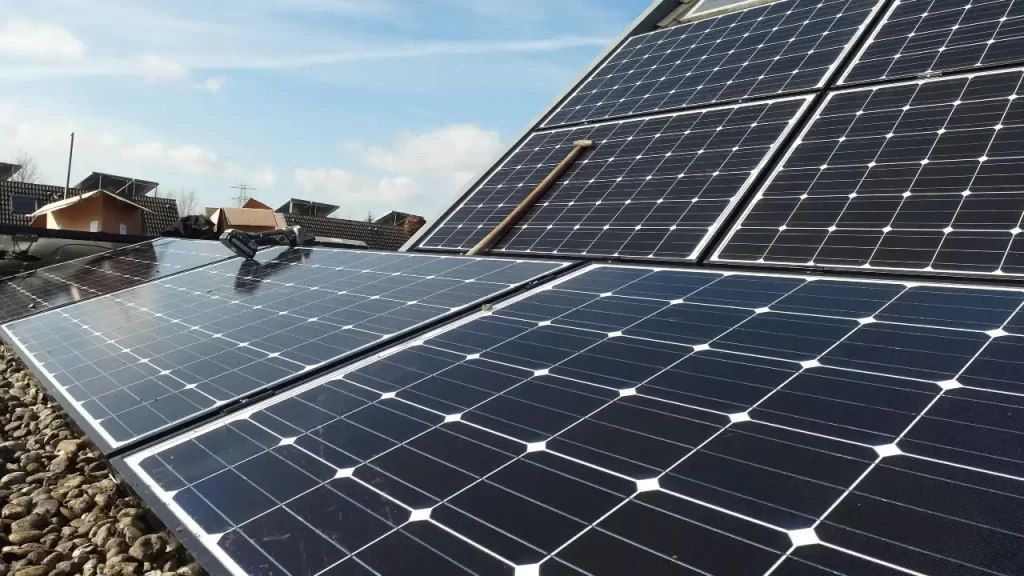
Solar Panel Tips
-

Which Type of Solar Panel is Best for Home Use?
-
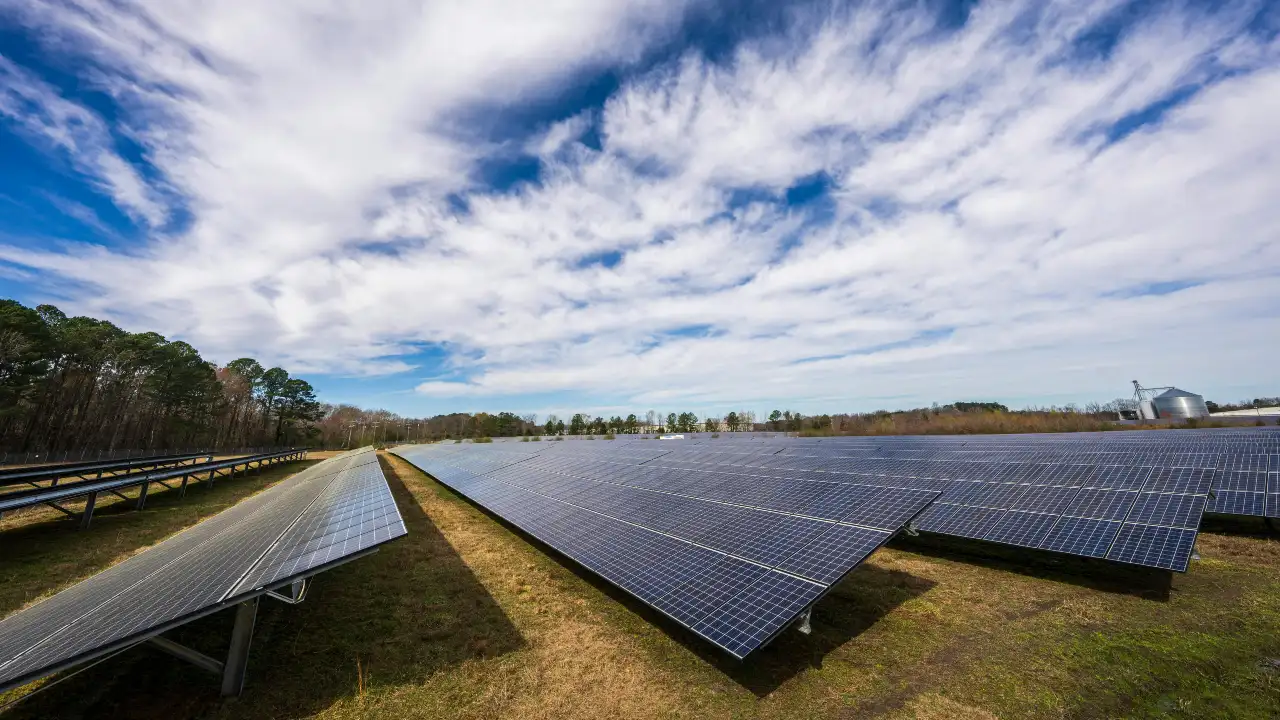
How to Convert Solar Energy to Electrical Energy?
-

How to Set up Solar Power Plant?
-
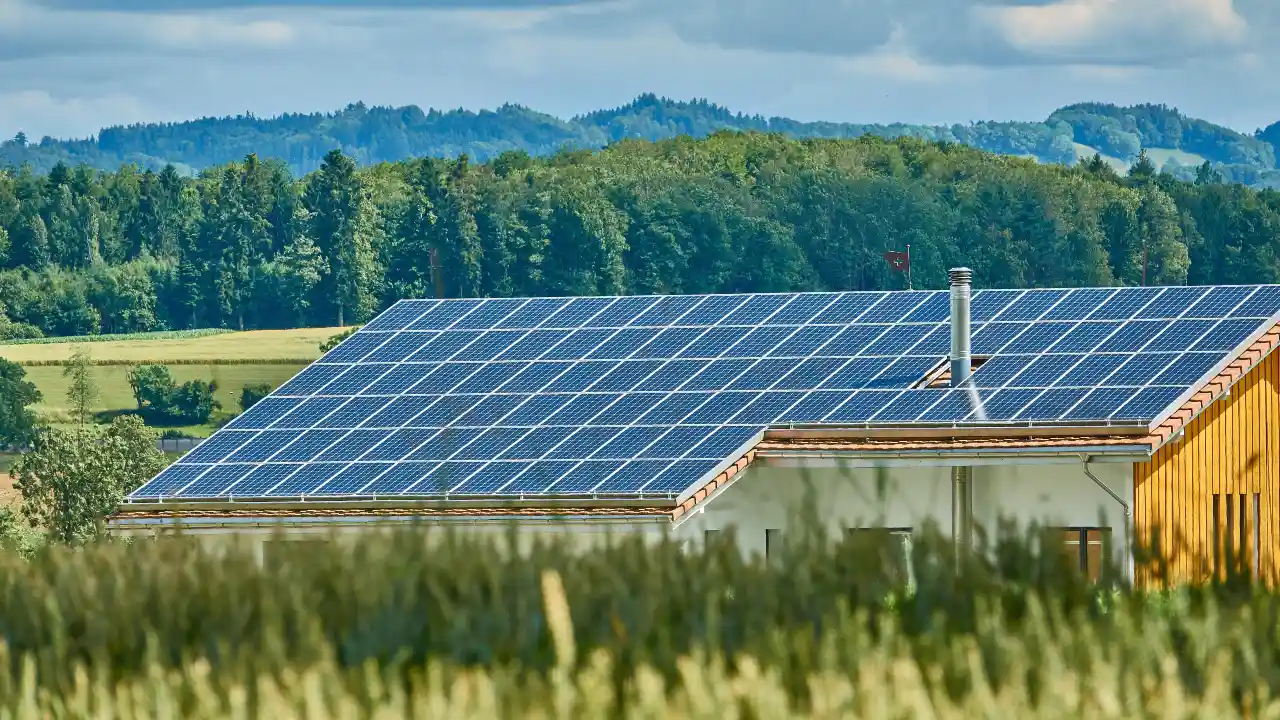
How to Read Solar Power Meter?
-
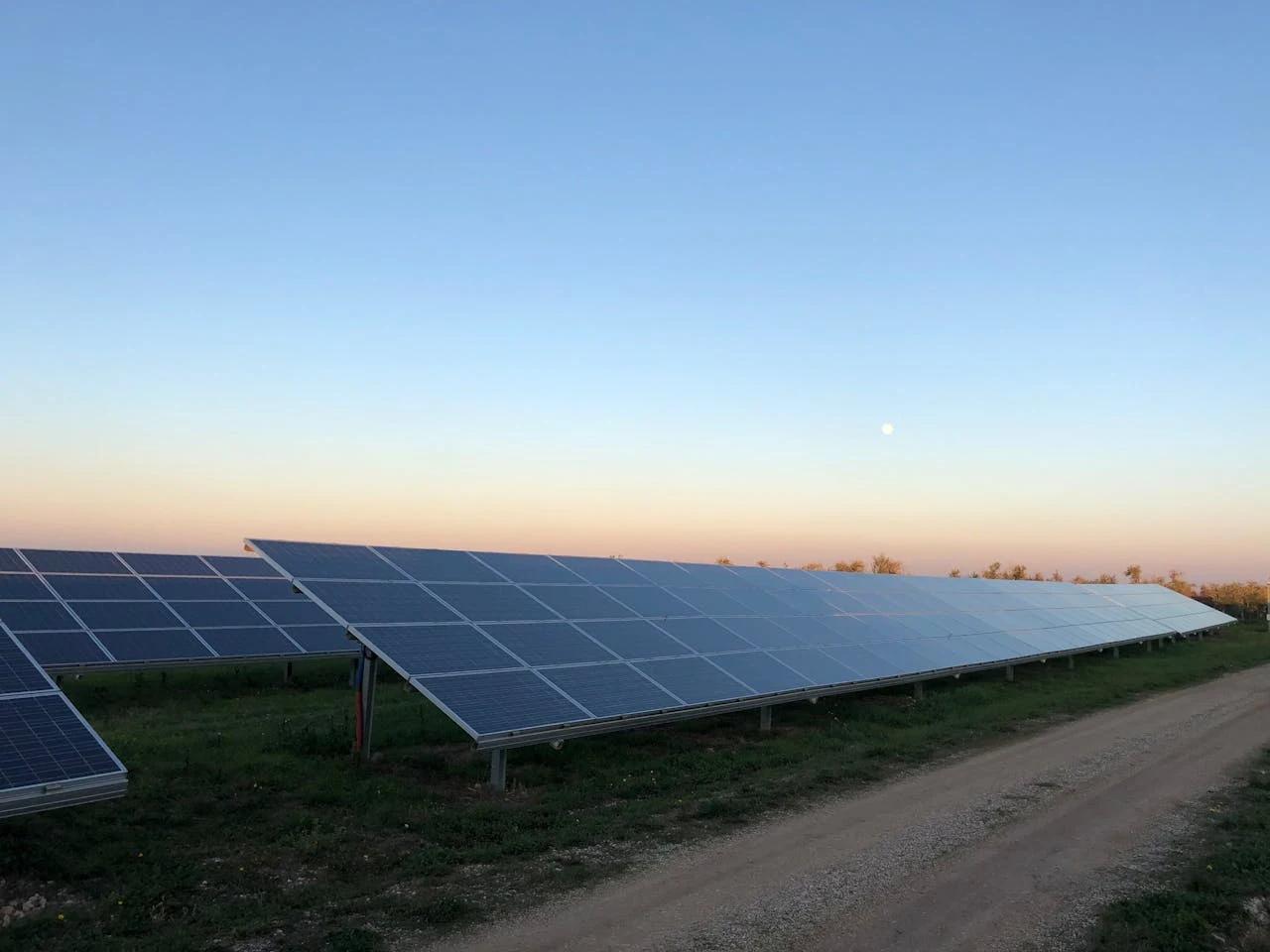
Best Types of Mounting Structures for Solar Panels
-
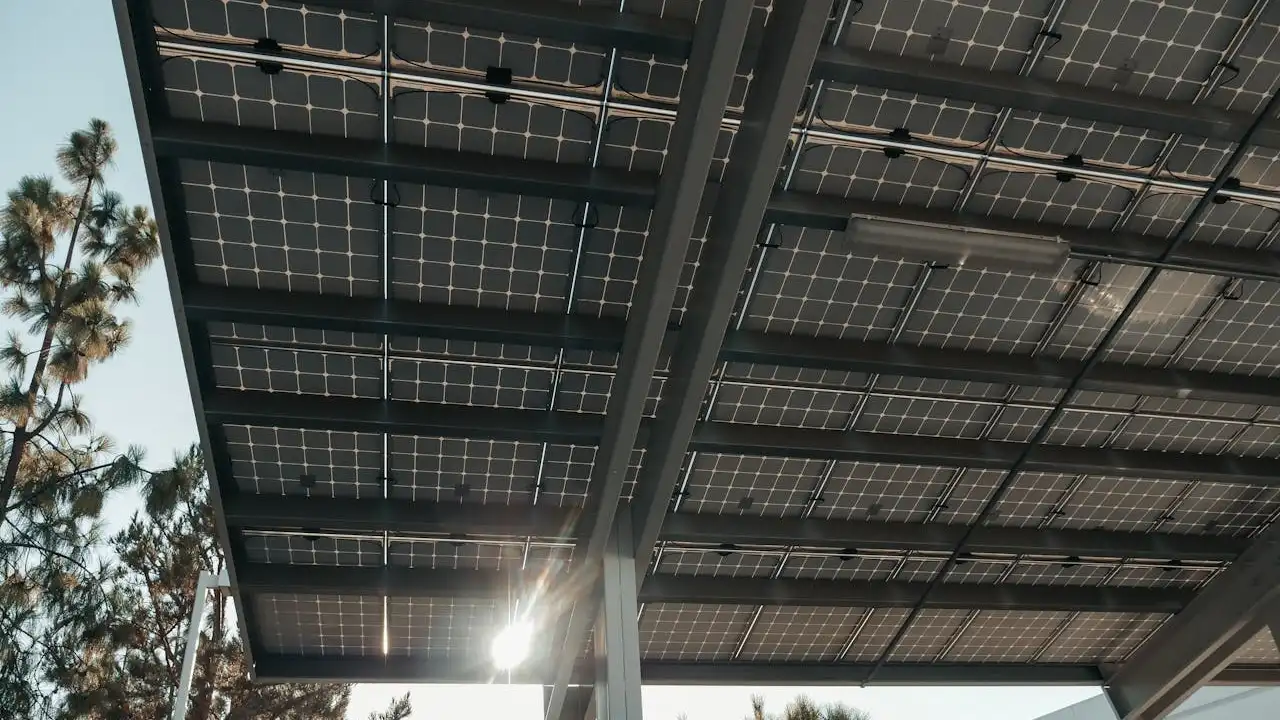
How Much Area Required for 1kW Solar Plant?
-
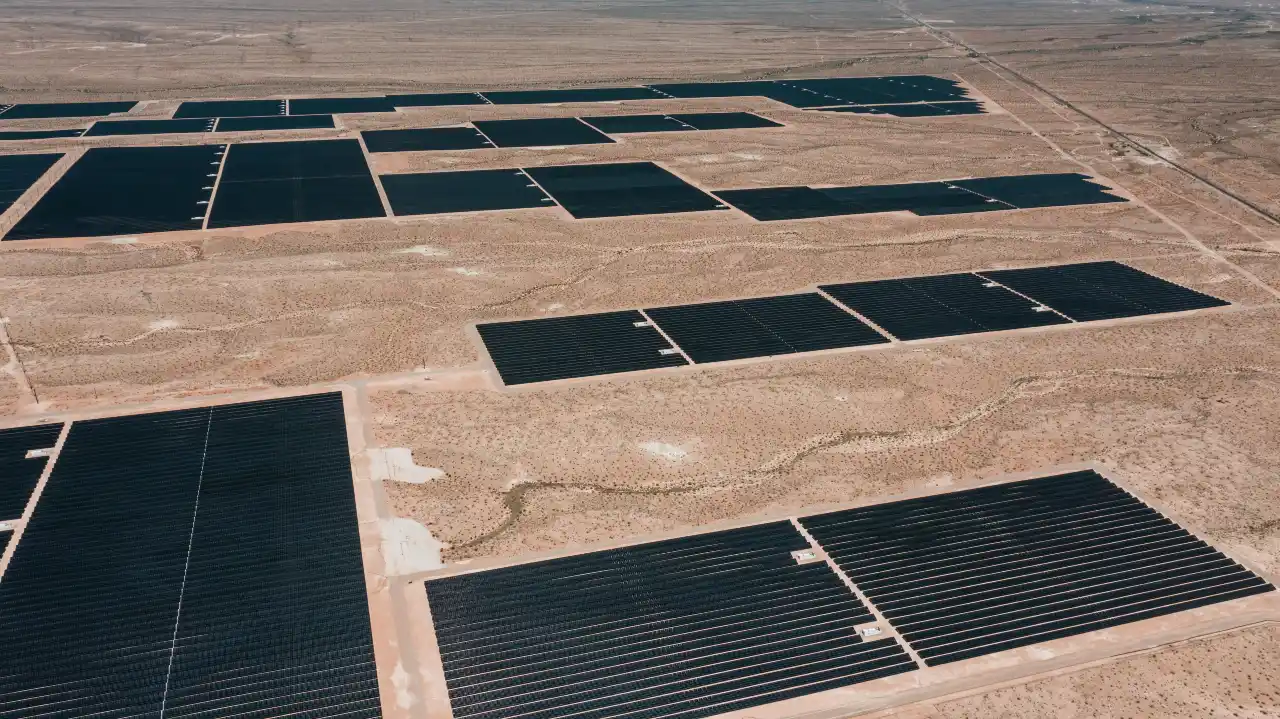
Disadvantages of Bifacial Solar Panels
-
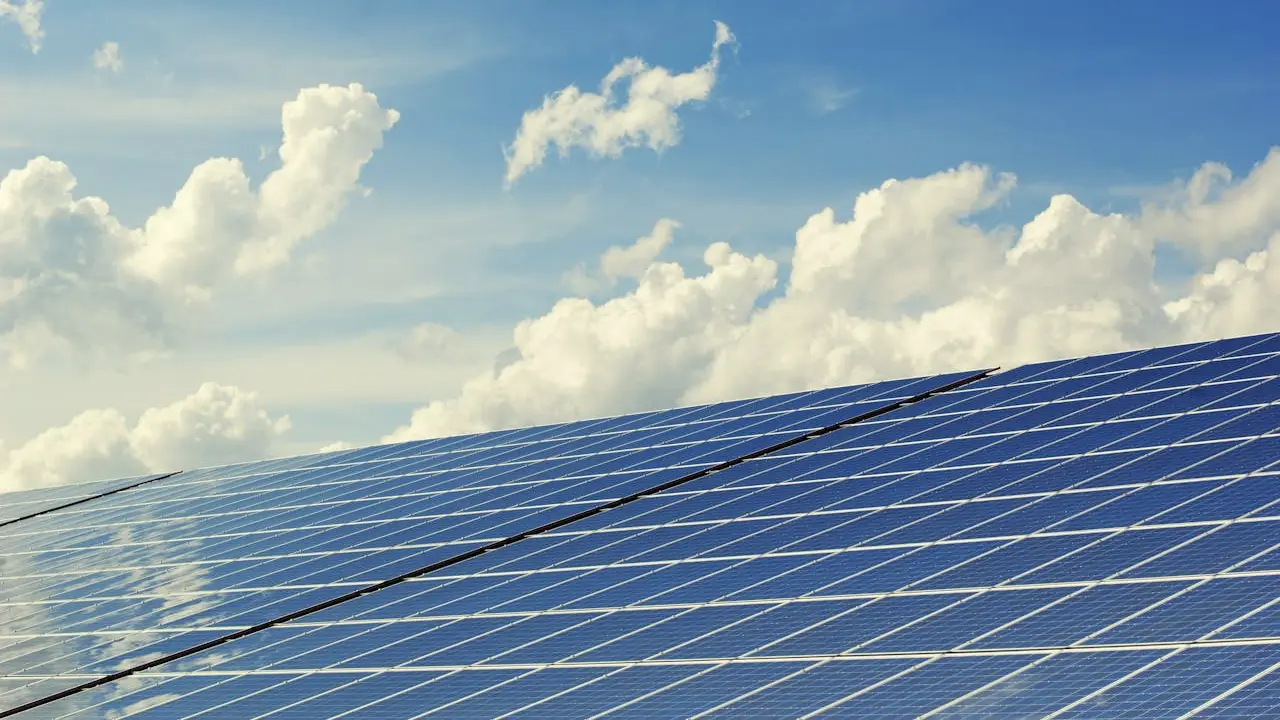
How Many Solar Panels Required for a 1.5 Ton AC?
-
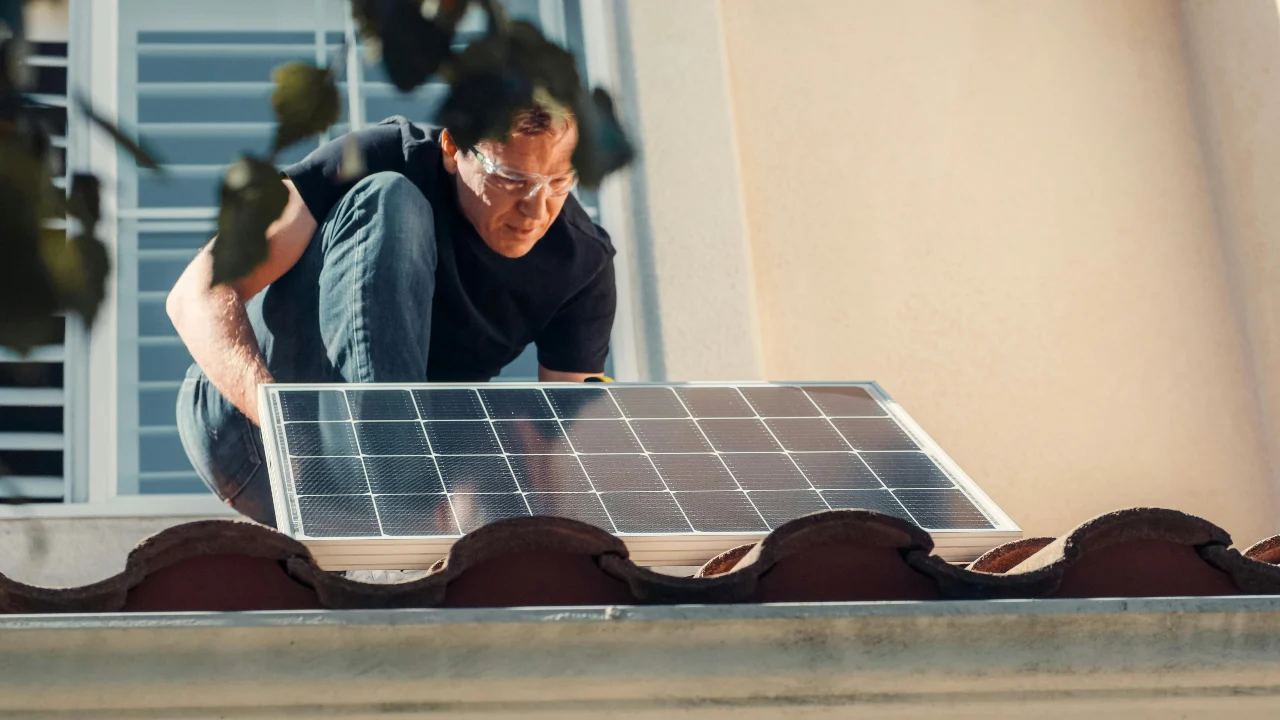
Application of Solar Inverter